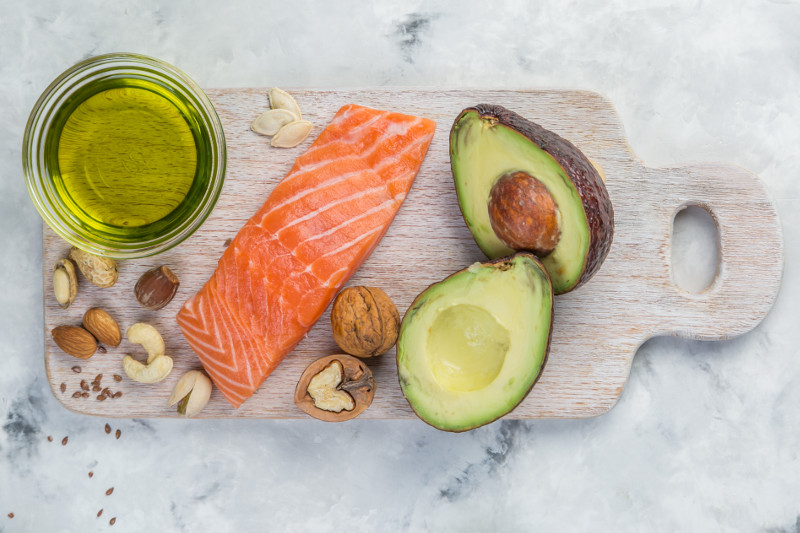The following article summarizes many important points about the Ketogenic Diet (KD). We frequently propose the KD as a viable alternative for many of our patients to consider. It also happens to be what we practice in our personal lives. Recently the KD has emerged as a popular societal meme, in part, due to the effectiveness for weight loss. However, many significant advantages exist above and beyond weight loss. However, along with the popularity, some important misunderstandings have emerged, largely centering around the quality of food choices. The KD we advocate is a whole foods based KD encompassing a Mediterranean influenced plant-centric core, combined with moderate amounts of carefully-sourced of animal protein, such as wild-caught salmon. We feel that one of the problematic areas of a KD for many lies in over-consumption of saturated fat. The temptation for many ketogenic dieters is to over-consume high fat dairy products such as heavy creams and cheeses. We advise limiting, or entirely eliminating dairy for many of our patients due to those and other concerns. Instead, focusing on higher intake of mono- and poly-unsaturated fats, such as olive oil and avocados, can lead to healthier levels of plant sources phytonutrients such as polyphenols, as well as lowering potential negative effects of the diet on blood lipids. We carefully assess our patients for many factors, including blood lipids prior to to starting a KD and continue to monitor routinely over time.
In our practice we often combine the KD with Periodic or Intermittent Fasting (IF). Periodic Fasting (PF) involves the notion of time-restricted eating. The human body is programmed via circadian rhythms to respond to food differently based the time of day governed largely by exposure to light and darkness. In general, that principle guides us to recommend restricting consumption of calories in the 3 hours before bed and extending the period of overnight fasting up to 12 hours (12/3). Intermittent Fasting (IF) involves longer periods of lowering consumption of calories. Both PF and IF result in dramatic changes in a process called autophagy, or self-eating. Autophagy is a necessary bodily process to eliminate waste products and provide a clearing of cellular debris, including the amyloid proteins which characterize the pathology of Alzheimer’s disease.
Read more in depth analysis below:

